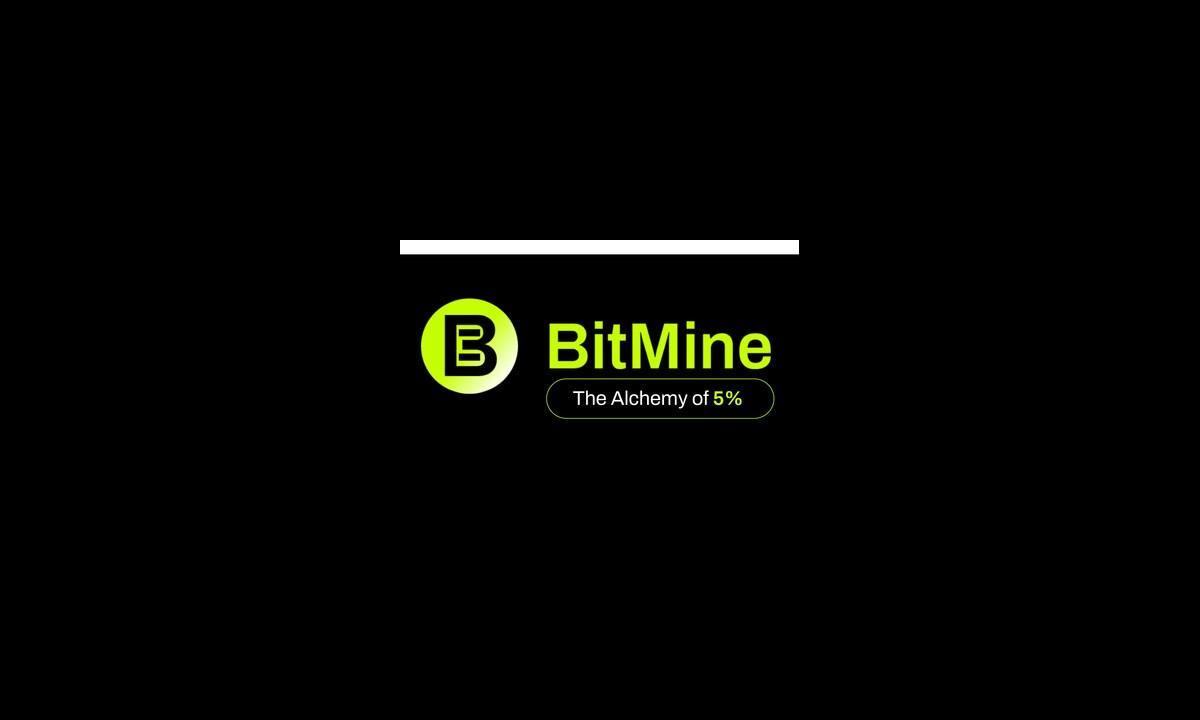The Annual Percentage Rate (APR) is a term commonly used in the world of finance to measure the potential earnings or rewards that investors can receive by lending their cryptocurrency tokens. APR is a crucial metric for individuals interested in participating in crypto lending programs or exploring opportunities to earn passive income.
When individuals lend their crypto assets, they essentially lend them to borrowers who need them for various purposes such as margin trading, short selling, or hedging strategies. In return for lending their assets, lenders earn interest on the amount they lend. The APR takes into account the interest rate and any additional fees borrowers are required to pay, providing a comprehensive measure of potential earnings.
It’s important to understand that the APR does not include compounding interest. Compounding interest is the process of earning interest on previously earned interest, which can significantly impact the overall returns over time. The APR is typically used as a standard measure to compare the potential earnings across different lending platforms.
Many platforms within the crypto ecosystem incentivize customers to stake or lend their crypto assets by offering attractive APR rates. These rates can vary significantly depending on the type of loan or currency being lent out.
There are two main types of crypto lending available on exchanges:
- Fixed lending: Fixed lending is similar to a traditional bank certificate of deposit (CD). It requires lenders to lock their money for a specific period, usually between seven to ninety days, at a fixed interest rate. The advantage of fixed lending is that it offers a higher interest rate compared to flexible lending. Additionally, it ensures that lenders do not access their cryptocurrency during the loan period, which can be beneficial for individuals seeking long-term investment strategies.
- Flexible lending: Flexible lending functions similarly to a traditional savings account. Lenders have the flexibility to withdraw their cryptocurrency at any time. However, the rates of return for flexible lending are generally lower compared to fixed lending. This type of lending is more suitable for individuals who may need immediate access to their funds or prefer more flexibility in managing their crypto assets.
For example, Binance, the world’s largest cryptocurrency exchange by volume, provides various investment options through Binance Earn. These options include both fixed and flexible financing, giving users the ability to choose the lending type that aligns with their investment objectives and risk tolerance.
When considering crypto lending, it is crucial to take into account the inherent volatility of cryptocurrencies such as Bitcoin and other altcoins. Fluctuations in cryptocurrency prices can impact the overall earnings and returns from lending activities. While crypto lending programs can be appealing to long-term investors seeking to generate passive income and enhance their portfolio’s value, it’s important to recognize that changes in cryptocurrency prices can introduce potential volatility to overall revenue.
For investors participating in fixed loan programs, it’s essential to be prepared for potential fluctuations in the value of their portfolio. During the loan period, the locked-up coins cannot be exchanged or accessed. Therefore, if the price of the locked-up coins significantly increases or decreases during the loan period, it may have implications for the overall value of the investment portfolio.
Overall, understanding the Annual Percentage Rate (APR) is crucial for individuals interested in crypto lending programs. It helps investors evaluate potential earnings and make informed decisions about participating in lending activities. By considering factors such as interest rates, fees, and the volatility of cryptocurrency prices, individuals can optimize their lending strategies and potentially generate passive income within the crypto ecosystem.














